SOURCE: IANS
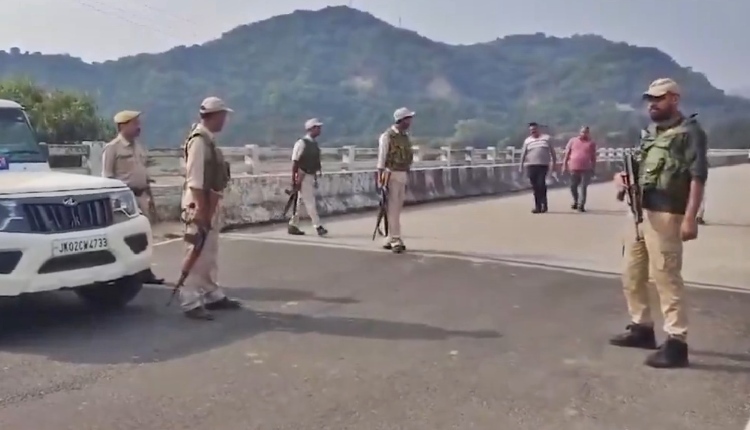
Three terrorists involved in an attempted ambush on an Army vehicle in Jammu and Kashmir’s Akhnoor area on Monday have been killed, official sources said here. “All the three terrorists involved in the attempted ambush of an Army vehicle in the Battal area of Akhnoor in Jammu district have been killed. Bodies of the slain terrorists are being recovered and their exact identity will be known after the bodies are recovered,” the sources said.
After the Army and security forces engaged terrorists in a sustained gunfight in the area, the firing had stopped for nearly an hour after which the sources said three terrorists had been killed.
Continue readingSOURCE: RAUNAK KUNDE / NEWS BEAT / IDRW.ORG
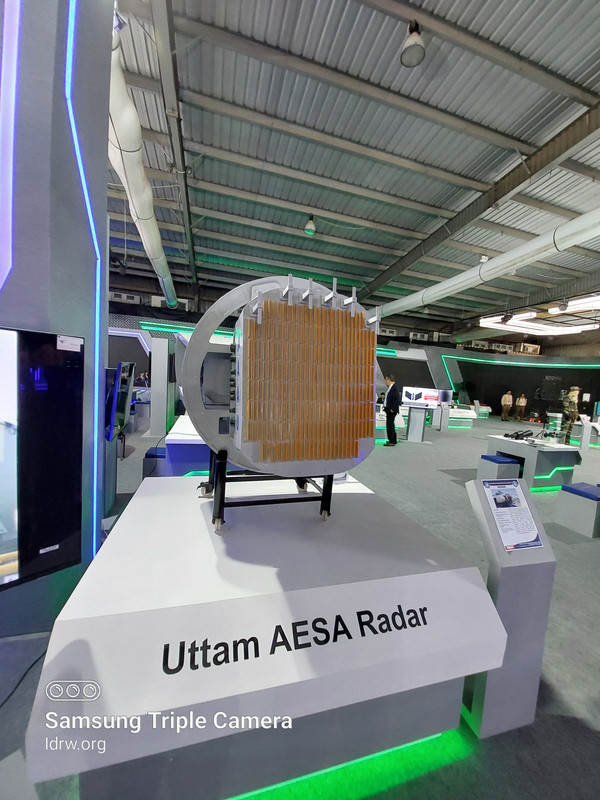
The Defence Research and Development Organisation (DRDO)’s ADA has issued a tender for the supply of an Active Electronically Scanned Array Radar (AESAR), a sophisticated Fire Control Radar (FCR) intended for the Light Combat Aircraft (LCA) AF Mk2 platform. This tender aligns with India’s ongoing modernization drive for its indigenous defense aviation capabilities, focusing on outfitting the Mk2 variant of the LCA with a next-generation radar system capable of multiple operational modes across diverse mission requirements.
The AESA radar for the LCA AF Mk2 is designed as a modular, multi-functional system comprising three critical subsystems. Active Array Antenna Unit (AAAU), Exciter Receiver Processor (ERP) and Array Power Supply (APS).
Continue readingSOURCE: RAUNAK KUNDE / NEWS BEAT / IDRW.ORG

The Combat Vehicles Research and Development Establishment (CVRDE), in collaboration with the Indian Institute of Technology Madras (IITM), Chennai, is advancing the development of a lab prototype for a smart antenna-based sensor, aimed for future use in Active Protection Systems (APS). This initiative signifies a pivotal step in enhancing the defence capabilities of Indian armoured vehicles, ensuring they are better equipped to counter evolving threats on the battlefield.
The smart antenna-based sensor is designed to integrate various modules that contribute to an effective Active Protection System. APS are critical for providing defensive measures against incoming threats, such as anti-tank missiles and projectiles. The development of this technology aligns with India’s focus on indigenizing defence systems and improving the operational readiness of its armed forces.
Continue readingSOURCE: RAUNAK KUNDE / NEWS BEAT / IDRW.ORG

As India ramps up its nuclear submarine fleet, the Indian Navy is constructing a strategic Very Low Frequency (VLF) transmitting station in Vikarabad, Telangana, set to become fully operational by 2027. This new infrastructure is critical for enhancing communication with the Navy’s expanding fleet of nuclear-powered submarines (SSBNs and SSNs), ensuring secure and reliable links for submerged vessels.
Located 75 kilometres from Hyderabad in the Damagudam Reserve Forest near Pudur village, the station will feature three imposing 500-meter-tall radio transmitter towers, equivalent to about 165 floors. These towering structures will form the backbone of the Navy’s advanced communication system, specifically designed to transmit messages to submarines operating at depths far below the surface.
Continue readingSOURCE: AFI
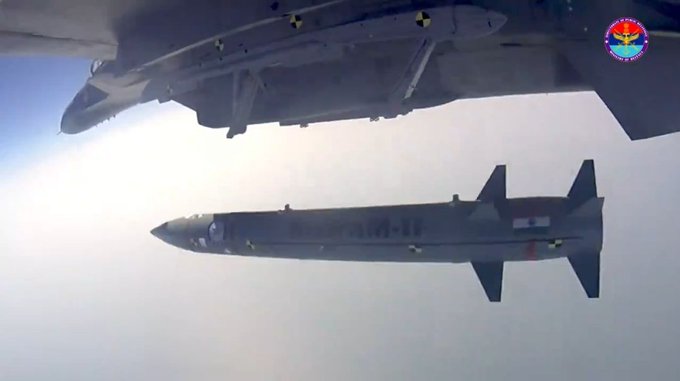
Israel’s recent use of air-launched ballistic missiles (ALBMs) in an attack on Iran has underscored the potential of ALBMs as game-changing assets in modern warfare. ALBMs combine the advantages of air mobility and ballistic trajectory, making them difficult to detect, track, and intercept. With Israel’s success showcasing the strategic edge of ALBMs, India must accelerate its investment in these systems to bolster its own aerial firepower. Although India has made significant progress by procuring RAMPAGE missiles from Israel and developing its indigenous Rudram series, there is a clear need for a larger arsenal of domestically produced, long-range ALBMs to maintain a credible deterrence and response capability.
In Israel’s case, ALBMs enabled the country to strike critical infrastructure with speed and precision while minimizing the risk of retaliation due to the difficulty of intercepting such missiles. For India, these characteristics are crucial given the complexity of its security environment, especially with potential threats from both Pakistan and China.
Continue readingSOURCE: AFI

With the Indian Navy preparing to induct the Rafale M (Marine) fighters, India’s naval capabilities are set to receive a formidable boost. The Rafale M will come equipped with two state-of-the-art anti-ship missile systems that will greatly enhance India’s ability to neutralize hostile warships in the Indian Ocean Region (IOR). These missiles, the NASM-MR and BrahMos-NG, represent a leap forward in terms of range, speed, and lethality, making them formidable tools for deterring adversaries and safeguarding India’s maritime interests.
The NASM-MR (Medium Range Anti-Ship Missile) is an all-weather, over-the-horizon anti-ship cruise missile currently under development by the Defence Research and Development Organisation (DRDO). Designed for accuracy, stealth, and a long reach, the NASM-MR is poised to extend the Navy’s offensive capabilities by engaging and neutralizing enemy ships at distances up to 300 kilometers.
Continue readingSOURCE: AFI
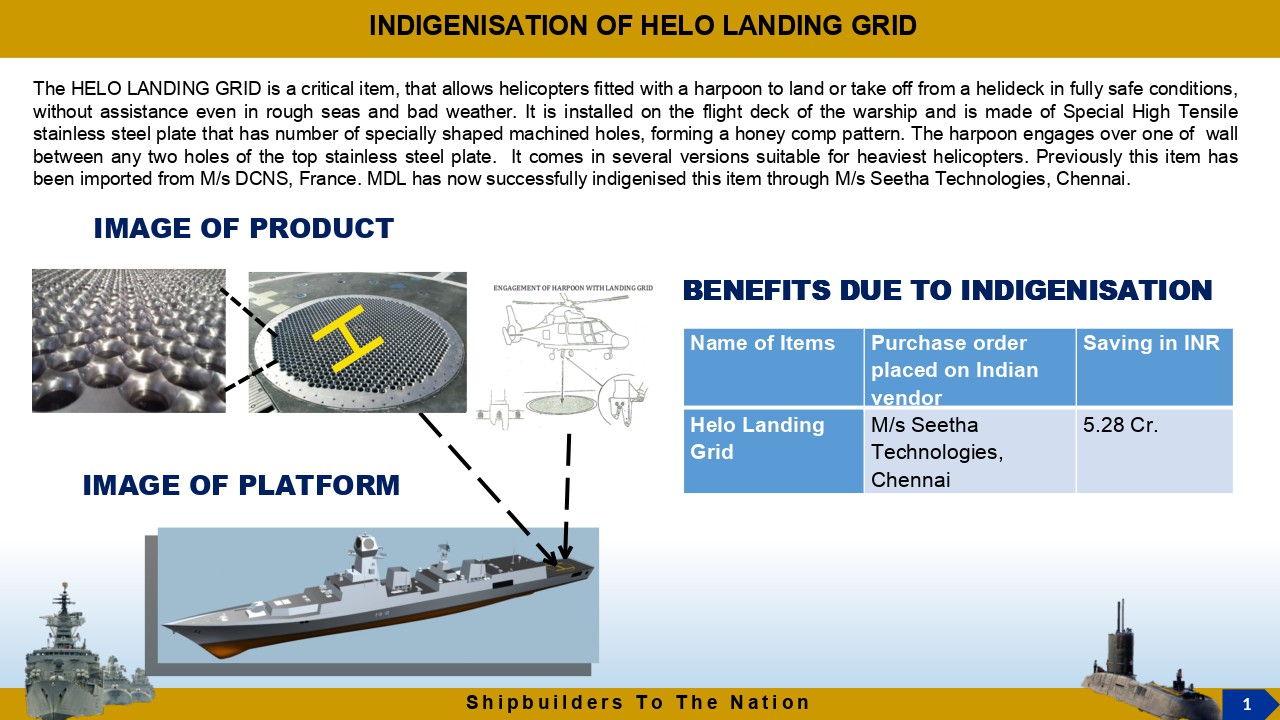
Mazagon Dock Shipbuilders Limited (MDL) has achieved a significant milestone in indigenizing naval technology by successfully developing the Helo Landing Grid in collaboration with Seetha Technologies, Chennai. This critical component enables helicopters equipped with harpoons to safely land and take off from helidecks, even in challenging sea conditions.
The Helo Landing Grid is a crucial safety feature that allows helicopters to operate independently from helidecks without external assistance. It is constructed using high-tensile stainless steel and features a unique honeycomb pattern of machined holes. The harpoon engages with the grid through these holes, ensuring a secure and stable landing or takeoff.
Continue readingSOURCE: AFI

The Indian Army has showcased the Tracked Hybrid Modular Infantry System (THeMIS) unmanned ground vehicle (UGV) during the recently concluded Swavlamban Shakti exercise at Babina Field Firing Ranges. The exercise, aimed at testing new technologies for future combat strategies, highlighted the potential of THeMIS in evaluating injured military personnel.
In 2022, the Indian Army procured Milrem Robotics’ THeMIS UGV from Estonia, joining a growing list of countries adopting this advanced technology. THeMIS is a versatile UGV capable of performing a wide range of tasks, from reconnaissance and surveillance to logistics and transportation. Its ability to operate autonomously in various environments makes it a valuable asset for the military.
Continue readingSOURCE: PTI

Pakistan’s top leaders on Sunday reiterated their diplomatic and political support to Kashmiri people “until they achieve their inalienable right to self-determination” according to UN Security Council resolutions.
President Asif Ali Zardari and Prime Minister Shehbaz Sharif issued separate messages on the occasion of what they termed as “Kashmir Black Day”. According to the state-run Radio Pakistan, Zardari reaffirmed Pakistan’s “unwavering moral, diplomatic, and political support for the Kashmiri people’s just cause”. Prime Minister Sharif in his message said, “On this day, 77 years ago, Indian forces landed in Srinagar.
Continue readingSOURCE: PTI
)
Kuki Inpi and Kuki Chiefs Association opposed the proposed fencing of the India-Myanmar border and scrapping of the Free Movement Regime (FMR), claiming these “threaten to infringe upon the cultural, traditional and historical rights of indigenous communities”.
The central government earlier this year decided to cancel the FMR, which allows people residing close to the India-Myanmar border to venture 16 km into each other’s territory without a visa. It also decided to erect a fence along the 1,643-km-long India-Myanmar border, which passes through Mizoram, Manipur, Nagaland and Arunachal Pradesh.
Continue readingSOURCE: PTI
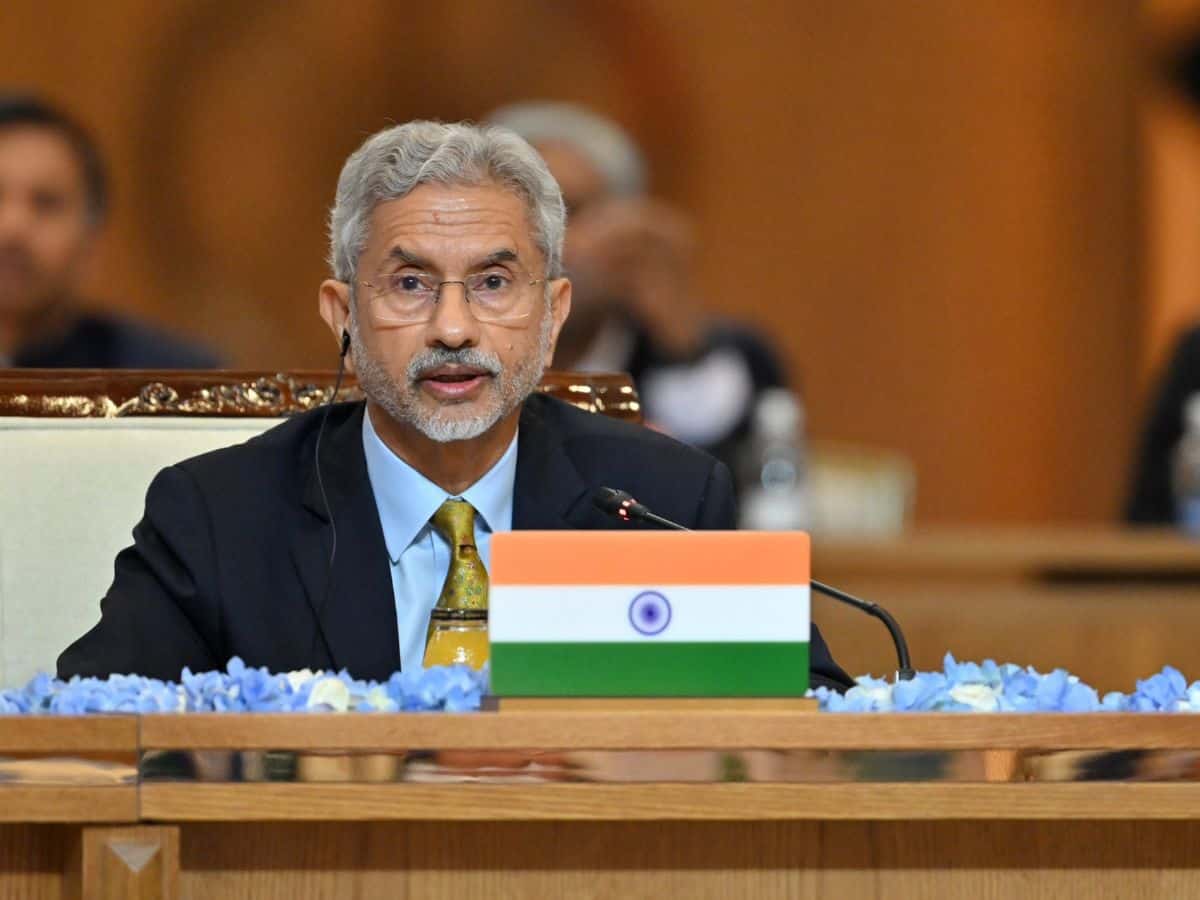
External Affairs minister S Jaishankar on Sunday, October 27 said the disengagement of troops at Depsang and Demchok in Ladakh is the first step, and it is expected that India will return to the 2020 patrolling status.
The next step is de-escalation, which will not happen until India is sure that the same is happening on the other side as well, the EAM said, obviously referring to China.
Continue readingSOURCE: ANI

German Chancellor Olaf Scholz along with his senior cabinet ministers, visited Goa where he interacted with the state and Indian Navy officials here, as part of his ongoing official visit to India. On arrival at INS Hansa, he was received by Goa Chief Minister Pramod Sawant, Minister of State for Defence Sanjay Seth and Western Naval Commander Vice Admiral Sanjay J Singh, Indian Navy said in a release.
Scholz visited Goa on Saturday where he visited German Navy warship FGS Frankfurt am Main, which is visiting Goa after completing Maritime Partnership Exercises with the Indian Navy’s Eastern and Western Fleet from October 21-26, the statement said.
Continue readingSOURCE: IANS

Investigation into the Gagangir and Botapathri terrorist attacks has revealed that undetected infiltration had been going on the Line of Control (LoC) in J&K for nearly one year, official sources said.
Seven people including six non-local workers and a local doctor were killed on October 20 when two terrorists attacked the workers camp of an infrastructure project company at Gagangir in Ganderbal district.
Continue readingSOURCE: PTI

At least 50 flights operated by Indian airlines received bomb threats on Sunday, October 27, according to sources. In 14 days, more than 350 flights operated by the Indian carriers have received hoax bomb threats. Most of the threats were issued through social media.
Akasa Air on Sunday said 15 of its flights got security alerts, and after thorough inspections, all aircraft were released for operations. The sources in the know said IndiGo received threats for 18 flights and Vistara for 17 flights.
Continue readingSOURCE: PTI
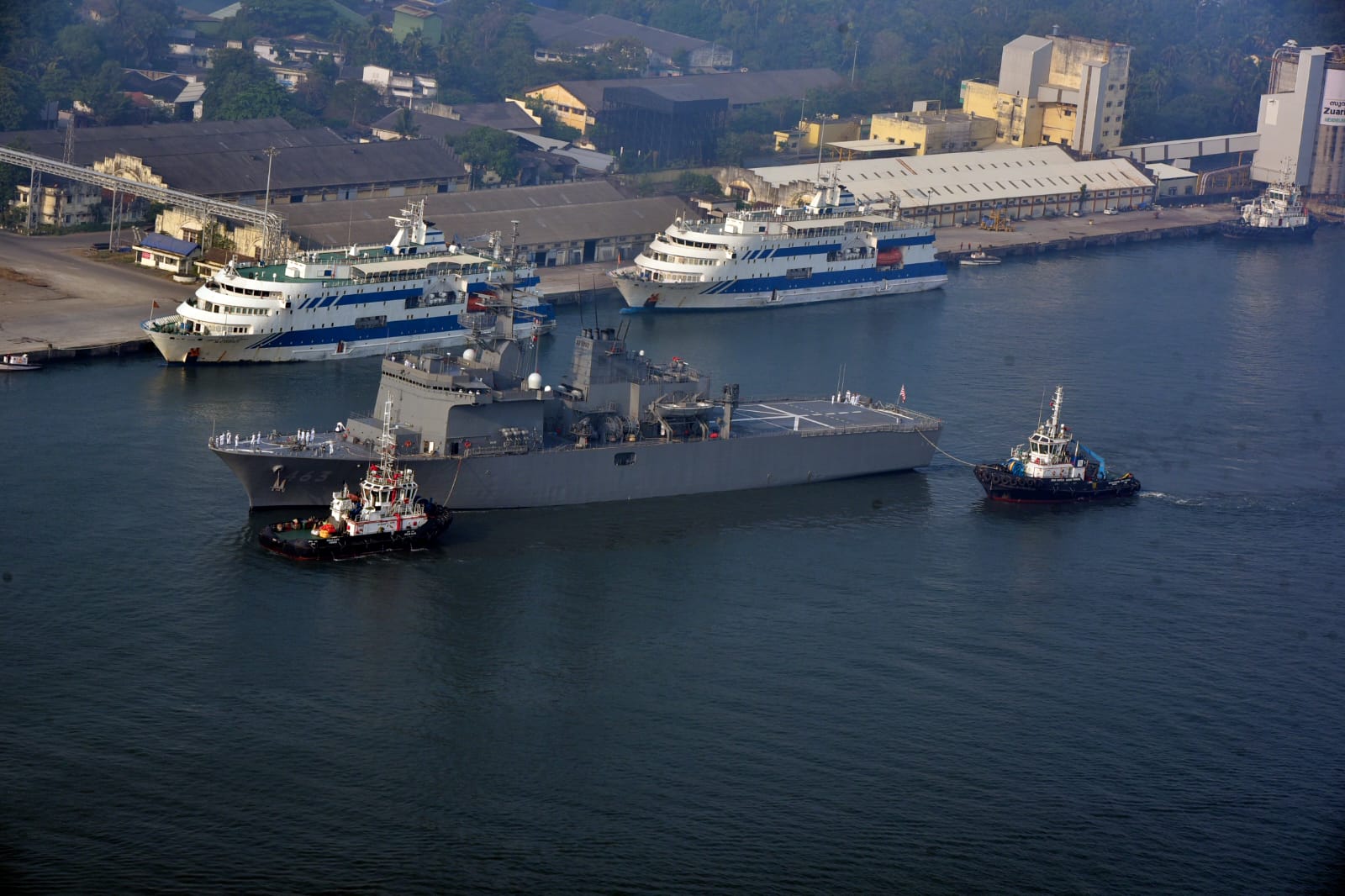
Enhancing maritime cooperation and strengthening Navy-to-Navy ties between the two nations, the Japan Maritime Self-Defense Force Ship J S Murasame has made a port call at Kochi. The Japanese ship made the port call in Kochi from October 25 to 27, according to a defence statement here on Sunday. “A warm welcome was extended to the ship amidst fanfare by an Indian Naval band”, it said.
Cdr Hayakawa Masahiro, Commanding officer JS Murasame called on Cmde Sritanu Guru, Commodore Training, Southern Naval Command and discussed maritime issues of mutual interest, the statement said. During the visit, the Japanese side visited an Indian Naval ship at Southern Naval Command. “Professional interactions were held during the visit of the Indian side onboard Murasame, enhancing interoperability and sharing of best practices between the Navies,” it said. The Indian Navy and JMSDF have been engaging closely on various fronts including Naval exercises at bilateral and multilateral level.
Continue reading